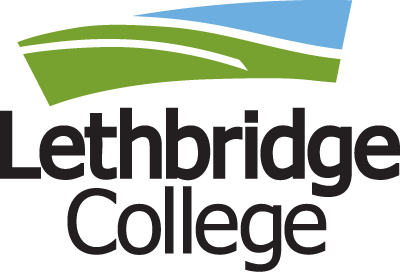It’s late October, and three friends from Environmental Sciences, Dave Haight (Renewable Resource  Management 2005, Fish and Wildlife Technology 2006), lab coordinator, Terry Kowalchuk, chair, and Dave McRae (Renewable Resource Management 1984), instructor, are gathered in Haight’s garage. The room is filled with meat cutting and sausage making equipment. Three or four pigs have been expertly cut into steaks, roasts, pork chops and bacon, and the trimmings, along with the trimmings from recent wild game hunts, are ready to be turned into pepperonis, salamis, smokies, garlic coils, summer sausages and more. Earlier this year, Dave sat down with Wider Horizons to discuss his at-home sausage-making operation.
Management 2005, Fish and Wildlife Technology 2006), lab coordinator, Terry Kowalchuk, chair, and Dave McRae (Renewable Resource Management 1984), instructor, are gathered in Haight’s garage. The room is filled with meat cutting and sausage making equipment. Three or four pigs have been expertly cut into steaks, roasts, pork chops and bacon, and the trimmings, along with the trimmings from recent wild game hunts, are ready to be turned into pepperonis, salamis, smokies, garlic coils, summer sausages and more. Earlier this year, Dave sat down with Wider Horizons to discuss his at-home sausage-making operation.
Wider Horizons: Where did you learn to make sausage?
Dave Haight: When I got out of the military, my uncle who I hunted with all the time said that if they [the military] are going to pay for you to go back to school for a bit for retraining, go retrain as a butcher and then you can always work in the fall if you have to or make money on the side if you have to. So I did that and I enjoyed it. I worked for a while and then took a level 2 meat curing and sausagemaking course in Vancouver. After that I worked as the primary sausage maker for Tenderland Meats on Granville Island.
WH: Who do you make sausage for now?
DH: It’s a family affair. Our kids hunt with us and help us in the garage. They like to get their hands dirty. I only do it for friends and family and usually the friends have to be there. They can’t just drop meat off and expect to get sausages back. They’ve got to help. I’d rather visit than have them drop it off and come back because then it’s just work. I love doing it but if I really wanted to do it as a job I would be a meat cutter somewhere.
WH: Working at home, what kind of procedures do you need to follow to ensure your meats are safe?
DH: We have to sanitize everything. I have food safety and sanitation training from SAIT. When we’re done with everything, we sanitize all the tables, floors — everything. Then, I put it away. When we go to do it again, I’ll re-sanitize before we start cutting just to make sure there is no chance of anything happening.
WH: What makes your sausage different from those you could buy in a grocery store?
DH: I reduce the salt in all of ours, putting in the minimum amount of salt you need, and our fat content is around 20 to 25 per cent. We know what’s in there, especially the sausages, salamis and sandwich meats. We make all that stuff for our kids. We put a lot of fresh stuff in; we don’t just rely on the spices. We use fresh garlic, fruits, wine and lots of onions. Fresh spices make a big difference too. We also control the amount of water that goes in. And we don’t use any binder.
WH: What are your favourite varieties?
DH: My favourite sausage to make is green apple cheddar. My kids love it because it’s kind of got that sweet taste to it. I also like our cheese smokies. I make a hot chorizo that I love. We also do a red wine with peppercorns and a landjäger, which is a square, uncooked specialty sausage. Goose salami is one of everybody’s favourites. It is also something most people have never heard of before so there is a little bit of a wow factor when they try it.
Students in Lethbridge College’s Environmental Science program who are new to hunting can take advantage of a mentored hunt for waterfowl and/or a mentored hunt for deer each fall. During the last hunting season, 22 students took part in the waterfowl hunt, which has been organized for the past six years by staff members as well as Ducks Unlimited Canada, Delta Waterfowl, Alberta Hunter Education Instructors’ Association and the Lethbridge Fish and Game Association.


